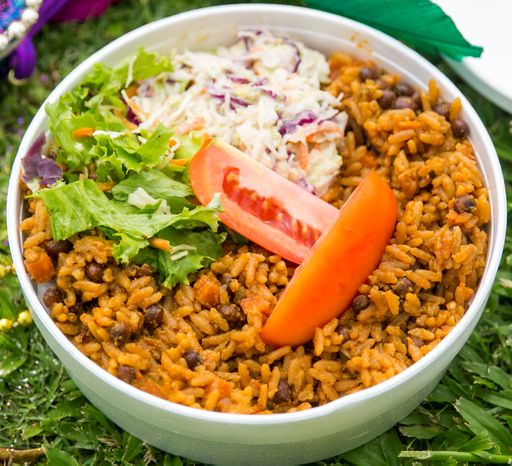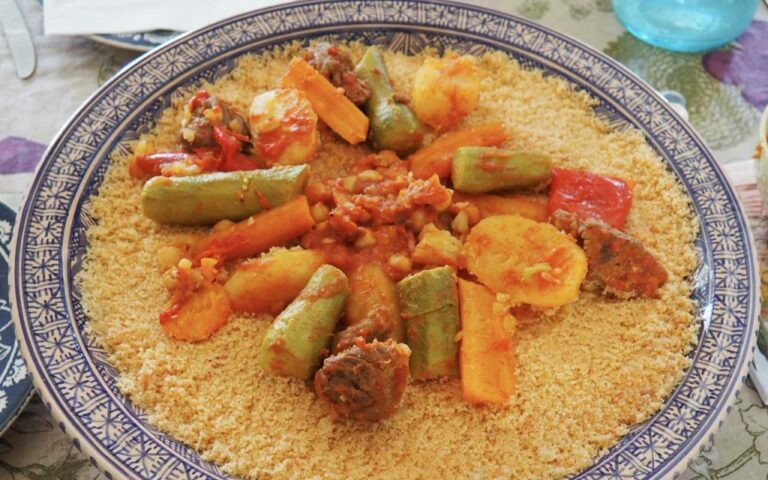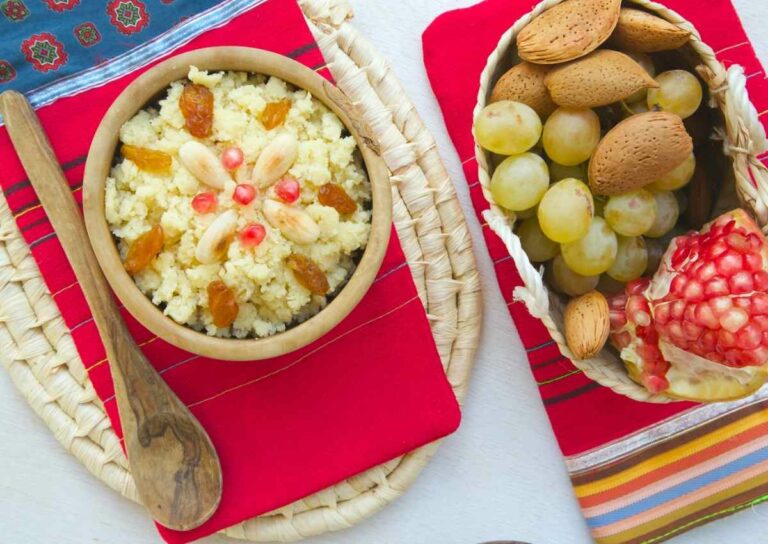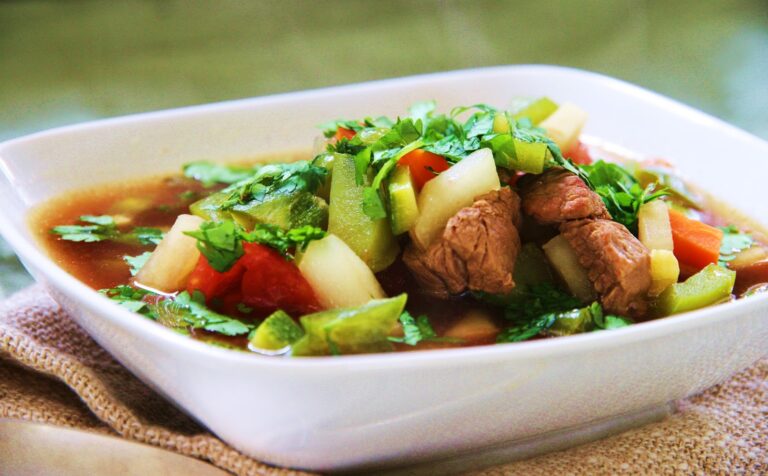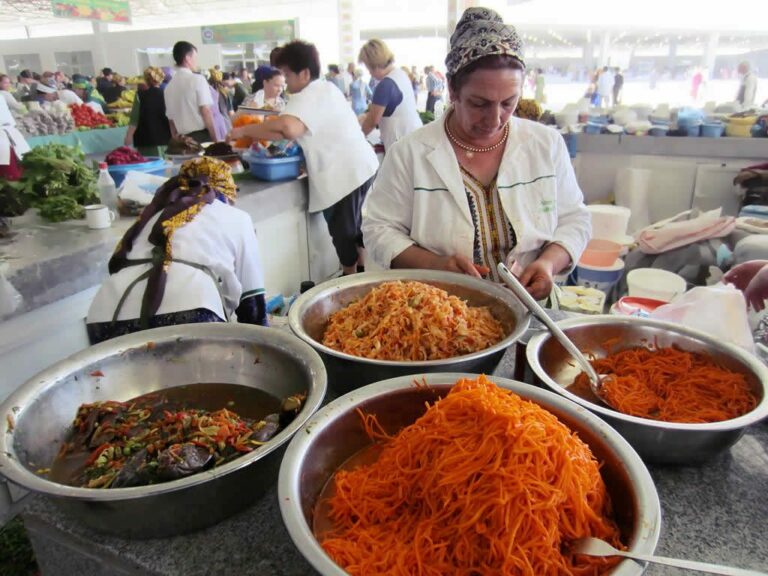Introduction to Tongan Condiments
Tongan cuisine is known for its rich and flavorful dishes that are often accompanied by a variety of condiments and sauces. These condiments add depth and complexity to Tongan dishes, making them more satisfying and enjoyable. The most common Tongan condiments are made with local ingredients such as mangoes, coconuts, and chilies, which are abundant in the islands.
The Importance of Sauces in Tongan Cuisine
Sauces are an essential part of Tongan cuisine. They are used to add flavor and texture to dishes, and they are often served alongside the main course. Sauces in Tongan cuisine are also used to balance out the richness and spiciness of the dishes. For example, the sweetness of mango sauce helps to balance out the heat from chili sauces. In addition, sauces are often used as a dip for finger foods, such as fried plantains and taro chips.
Top 3 Most Common Tongan Condiments
- Mango Sauce – Made with ripe mangoes, vinegar, and sugar, this sauce is sweet, tangy, and slightly acidic. It is often served with grilled meats, fish, and vegetables.
- Coconut Cream – Coconut cream is a staple ingredient in Tongan cuisine. It is used in a variety of dishes such as soups, stews, and curries to add richness and depth of flavor.
- Chili Sauce – Tongan chili sauce is made with fresh chilies, garlic, ginger, vinegar, and sugar. It is fiery hot and is often used as a condiment or a marinade for meats and seafood.
How to Make Tongan Mango Sauce
Ingredients:
- 2 large ripe mangoes, peeled and diced
- 1/4 cup vinegar
- 1/4 cup sugar
- 1 teaspoon salt
Instructions:
- In a small saucepan, combine the diced mangoes, vinegar, sugar, and salt.
- Bring the mixture to a boil, then reduce the heat and simmer for about 10 minutes, or until the mangoes are soft and the mixture has thickened.
- Remove from heat and allow the mixture to cool.
- Transfer the mixture to a blender and blend until smooth.
- Serve as a condiment or a dip for finger foods.
Traditional Use of Coconut Cream in Tongan Cuisine
Coconut cream is a staple ingredient in Tongan cuisine. It is used in a variety of dishes such as soups, stews, and curries to add richness and depth of flavor. In traditional Tongan cuisine, coconut cream is often used in dishes that are slow-cooked over an open fire or in an underground oven. The coconut cream helps to tenderize the meat and infuse it with flavor.
Tongan Chili Sauces and Their Variations
Tongan chili sauces are hot and spicy, and they come in a variety of flavors and heat levels. Some variations include adding lime juice or papaya to the sauce to balance out the heat. Other variations include using different types of chilies, such as bird’s eye chilies or habaneros. Tongan chili sauces are often used as a condiment or a marinade for meats and seafood. They are also used to add flavor and heat to stir-fries and noodle dishes.




